The Perhentian Islands (Pulau Perhentian in Malay) lie approximately 10 nautical miles (19 km) off the northeastern coast of West Malaysia in the state of Terengganu, approximately 40 miles (64 km) south of the Thai border.
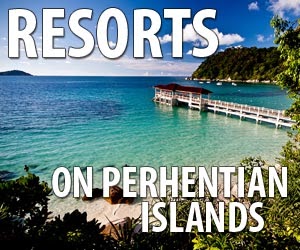 The name "Perhentian" means "stopping point" in Malay, referring to the islands' traditional role as a waypoint for traders between Bangkok and Malaysia. The islands were sparsely inhabited by fishermen for centuries, although tourism now accounts for most economic activity.
The name "Perhentian" means "stopping point" in Malay, referring to the islands' traditional role as a waypoint for traders between Bangkok and Malaysia. The islands were sparsely inhabited by fishermen for centuries, although tourism now accounts for most economic activity. The two main islands are Perhentian Besar ("Big Perhentian") and Perhentian Kecil ("Small Perhentian"). The small, uninhabited islands of Susu Dara (Virgin Milk), Serenggeh and Rawa lie off Kecil. The Perhentians belong to Pulau Redang National Marine Park, which means that fishing, collecting coral and littering are strictly prohibited. Like Besut, people here generally speak Kelantanese Malay.
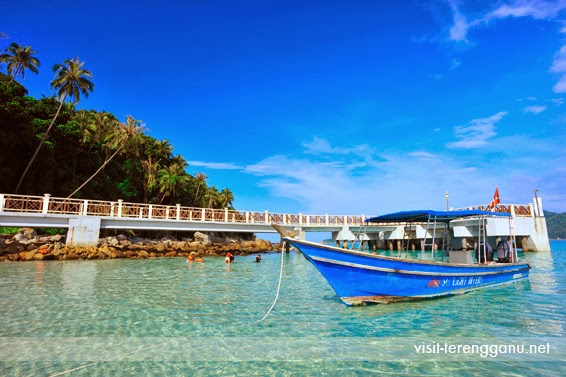

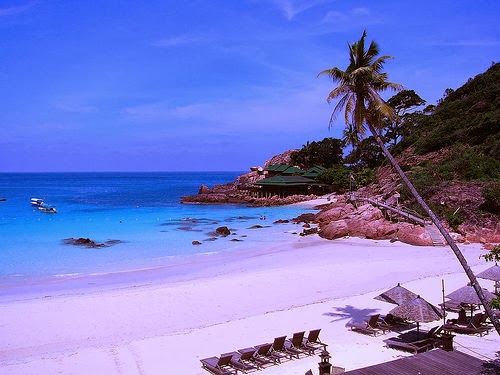
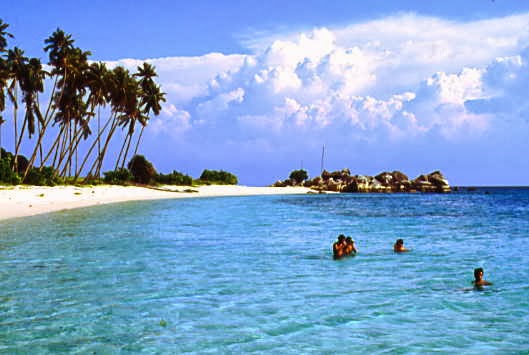
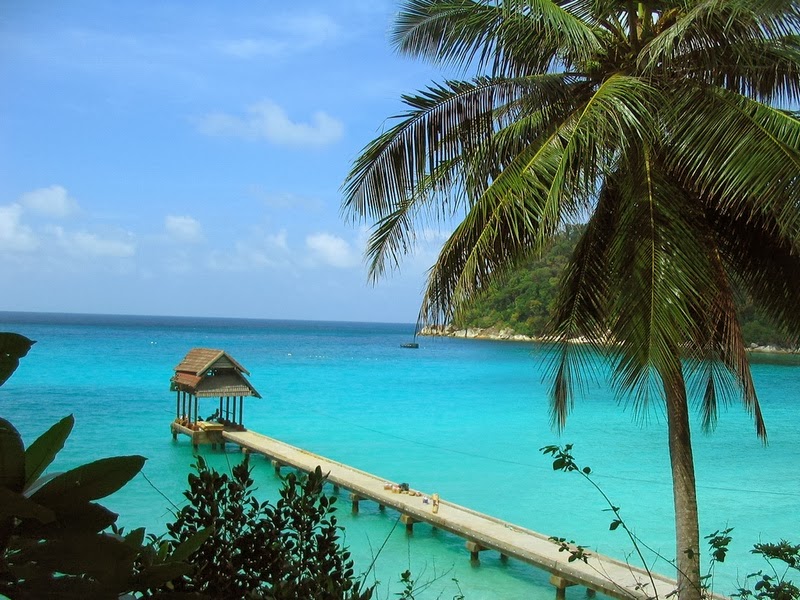

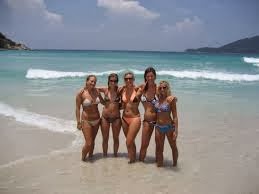
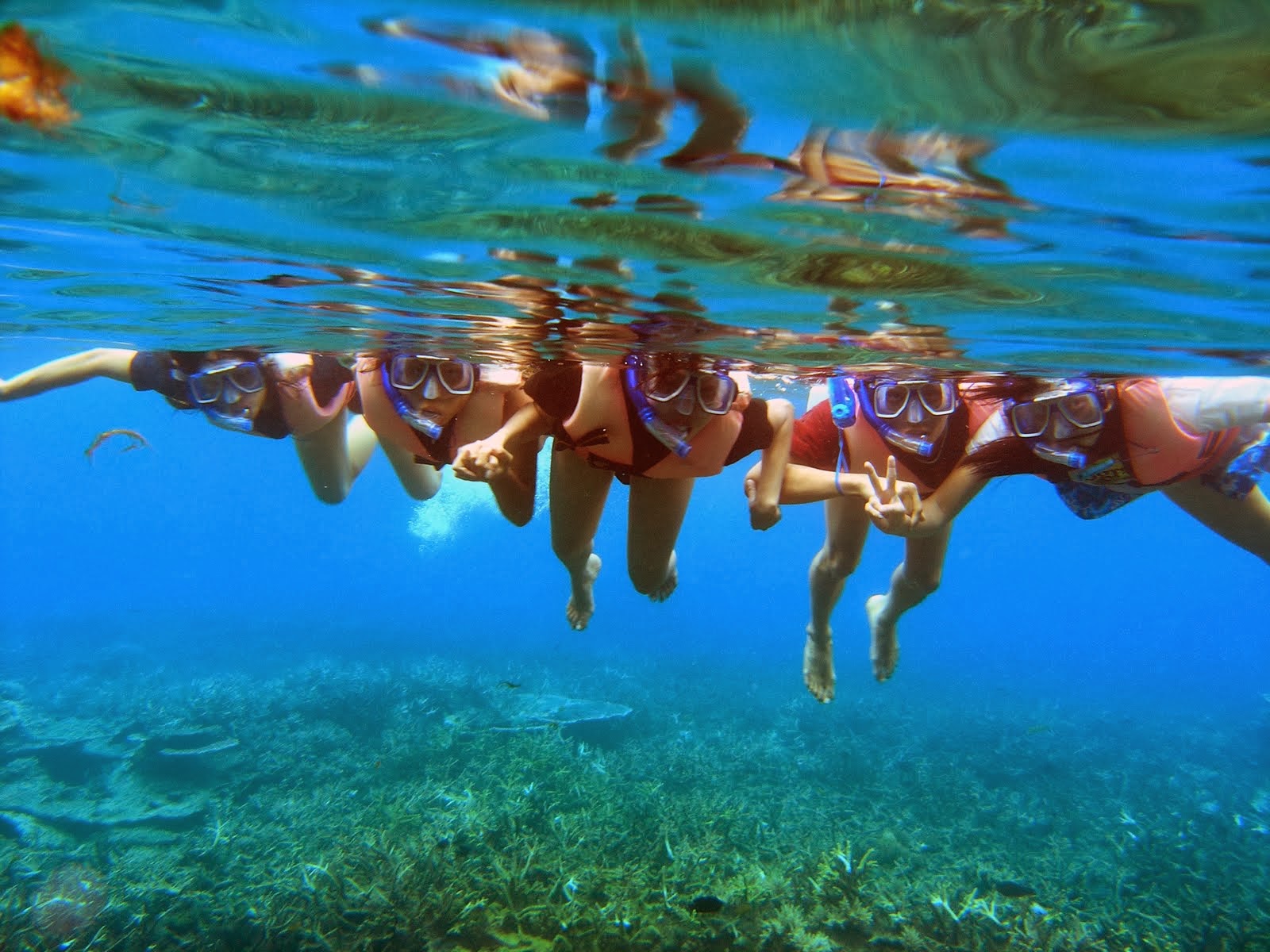
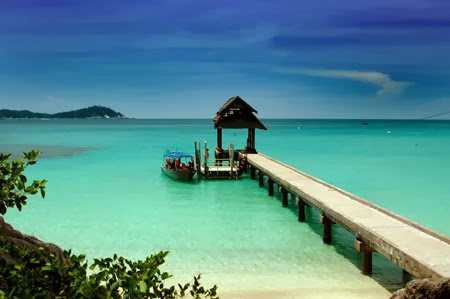
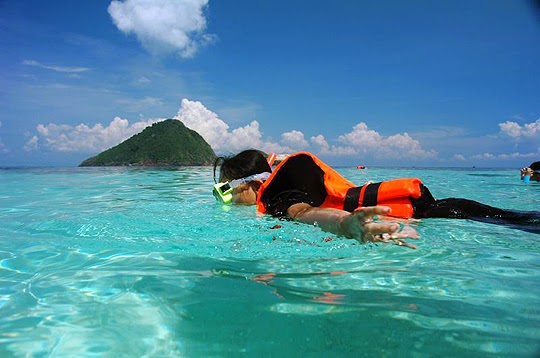

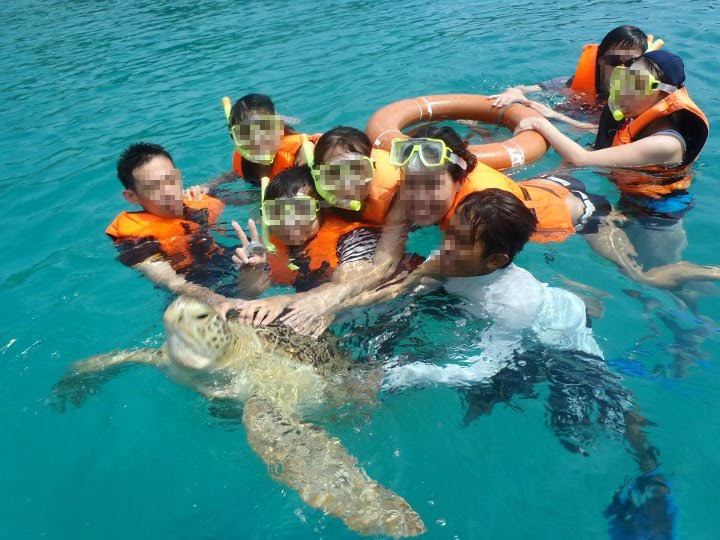
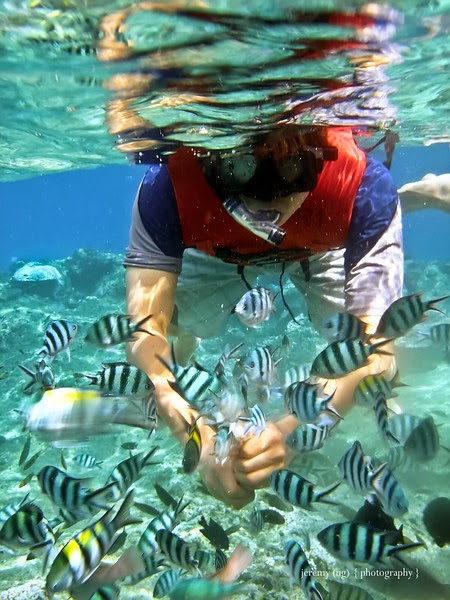


The Perhentian Islands appear on many maps of the nineteenth and twentieth century as 'The Station Islands'. This arises from the British colonial period, as an English translation of "stopping point".
 Islands Perhentian was one of the islands where Vietnamese refugees or boat people landed during the 1970s. Both islands are fringed by white sand beach, and the reefs and crystalline water are host to a wide variety of coral, sea-turtles, jellyfish, small sharks and reef-fish. The islands' maximum elevation is approximately 100 m (328 ft) and they are uniformly covered in coastal tropical jungle, with few interior foot-trails and no roads.
Islands Perhentian was one of the islands where Vietnamese refugees or boat people landed during the 1970s. Both islands are fringed by white sand beach, and the reefs and crystalline water are host to a wide variety of coral, sea-turtles, jellyfish, small sharks and reef-fish. The islands' maximum elevation is approximately 100 m (328 ft) and they are uniformly covered in coastal tropical jungle, with few interior foot-trails and no roads. Other than the owners and staff of the numerous cabin-style resorts that dot the islands (many of whom depart for the monsoon season), the islands' only permanent inhabitants live in a small fishing village. With the exception of a single mainland-communications tower on each island, there are no structures taller than two storeys.
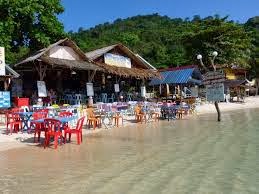

No comments :
Post a Comment